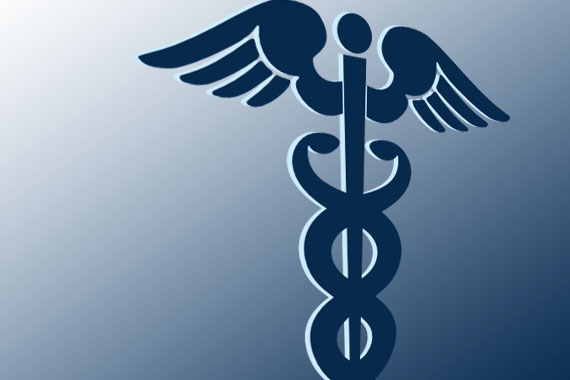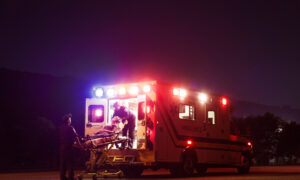Jordan Rau, Kaiser Health News
The federal government Thursday lowered a year’s worth of Medicare payments to 751 hospitals to penalize them for having the highest rates of patient injuries.
More than half also were punished last year through the penalty, which was created by the Affordable Care Act and began four years ago. The program is designed as a financial incentive for hospitals to avoid infections and other mishaps, such as blood clots and bedsores.
Get The Data: Datatable 751 Hospitals For Patient Injuries Is Your Hospital On The List?
The penalties again fell heavily on teaching hospitals, although less than before. A third of them were punished this year, a Kaiser Health News analysis of the penalties found. Last year, the penalty was levied on nearly half of the nation’s teaching hospitals.
The 115 penalized academic medical centers this year include Denver Health Medical Center, Grady Memorial Hospital in Atlanta, The Mount Sinai Hospital in New York City, Northwestern Memorial Hospital in Chicago, Stanford Health Care hospitals in California and the University of California-San Francisco (UCSF) Medical Center, according to federal records.
“Academic medical centers serve patients with more-complex conditions who are at greater risk of hospital-acquired infections (HAIs) compared to community health care providers,” Stanford Health Care said in a written statement. “Hospitals with a high rate of immunocompromised patients will always seem to have higher HAIs.”
Hospitals that treat large proportions of low-income people also were fined more than hospitals with a more affluent patient base, the analysis found. About a third of those safety-net hospitals were penalized, roughly the same as last year.
The penalties have been controversial from the beginning. The hospital industry faults them as unfairly punishing hospitals that treat sicker patients and those that do a better job of identifying infections and other patient complications. Patient advocates say that, while not perfect, the penalties have been a valuable prod to make hospital executives consider more than the bottom line.
“The program has been very instrumental in focusing hospitals on the problems of patient safety and improved quality,” said Dr. Kevin Kavanagh, board chairman of Health Watch USA, a patient advocacy group. However, he said, the financial uncertainty created by the Republican efforts to revoke the Affordable Care Act has not helped.
“Right now it’s hard for hospitals to improve patient safety when there’s been so much turmoil in the health care market,” he said. “The hospitals have the tools and knowledge to make it better, and they should do so.”
Dr. Atul Grover, executive vice president at the Association of American Medical Colleges, said that while teaching hospitals as a group fared better than last year, “we are still disproportionately affected.”
There were 336 hospitals that lost money a year ago but were spared this time, the analysis showed. They include Barnes Jewish Hospital in St. Louis, Brigham and Women’s Hospital in Boston, Cedars-Sinai Medical Center in Los Angeles, the Cleveland Clinic, Geisinger Medical Center in Danville, Pa., Hospital of the University of Pennsylvania in Philadelphia, Intermountain Medical Center in Murray, Utah, and the University of Michigan Health System in Ann Arbor.
Get full data table: Datatable 751 Hospitals For Patient Injuries See Past Data: 2017 | 2016 | 2015



























